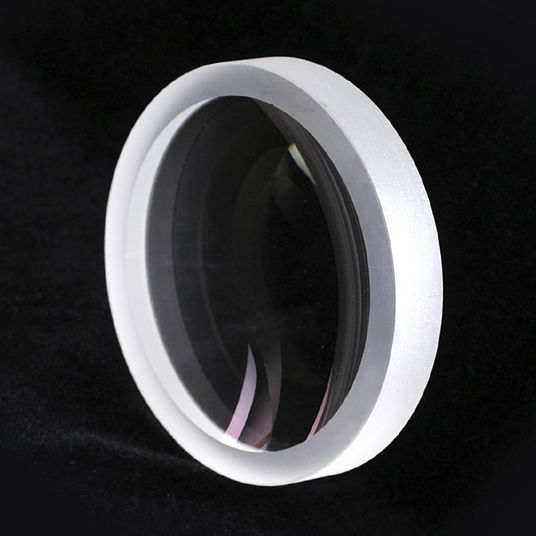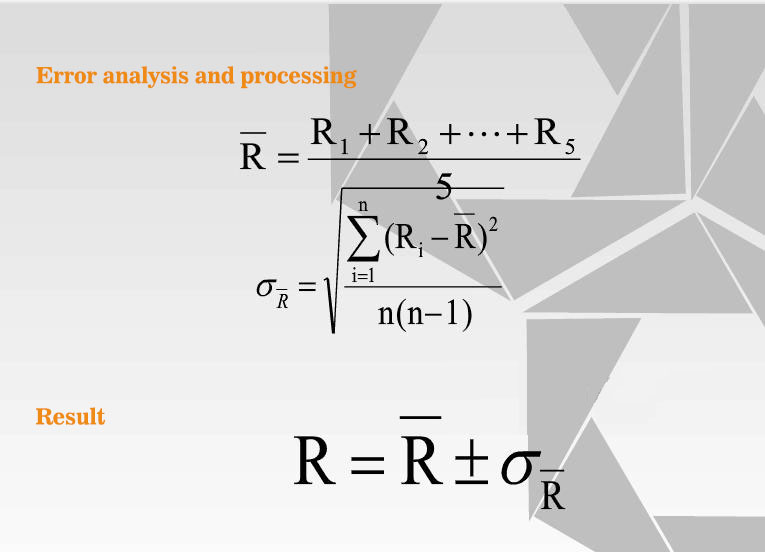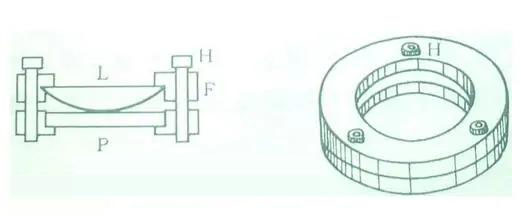
They have a negative focal length and are used to diverge a beam of parallel light. A flat concave lens has a spherical surface on one side and a plane on the other. The middle is also thinner than both sides.
Measuring the radius of curvature of flat concave lens with Newton ring

Reasonable selection of materials (texture, bubbles, impurities, uniformity); When grinding, it is considered that there is no scattering (scratch, dent, gloss) when it is used for interference light.
An antireflection multilayer lens without coating and coated with visible band domain can be provided.
The focal length of a single lens is the distance from the main point to the focus. The design wavelength of the lens is 546.1 nm (E-line of green mercury line). Since the focal length changes with the wavelength, when it is used for other wavelengths, the focal length also changes.
Structure of Newton ring

The Newton ring is composed of the flat convex lens to be measured (with a radius of about 200 ~ 900cm) l and the transparent flat glass P stacked in the metal frame F. as shown in the figure, there are three spirals h on the frame to adjust the contact between L and P to change the shape and position of the interference fringes. When adjusting h, do not rotate too tightly to avoid the elastic deformation of the lens caused by excessive contact pressure and even damage to the lens. Newton ring is a kind of interference instrument with amplitude division, which can be used for light interference experiment, although the experimental device is relatively simple. It can measure the large curvature radius of flat convex and flat concave lens with high accuracy and the relative error is less than 0.2%.



